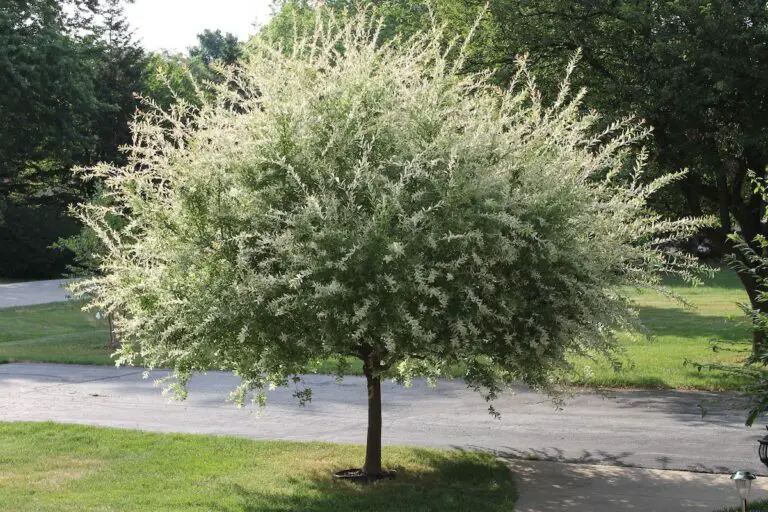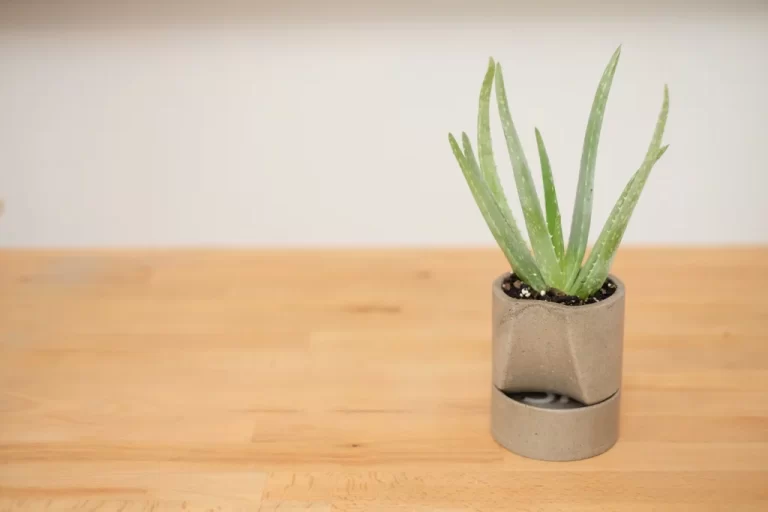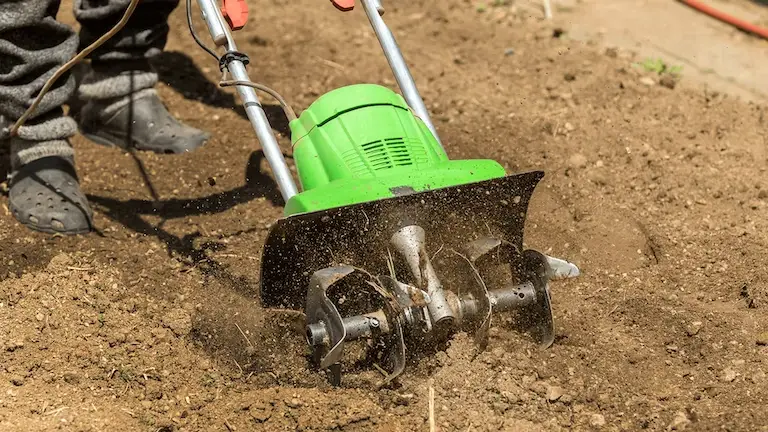Different Types of Gravel
Gravel, a versatile and essential material in both construction and landscaping, has various types each suited for specific purposes. Understanding the differences between these types can help homeowners, landscapers, and construction professionals make informed choices. This article delves into the common types of gravel, their unique characteristics, and their ideal applications.
A Comprehensive Guide for Gravels
1. Pea Gravel
Pea gravel, known for its smooth, rounded texture and small size (approximately 3/8 inch), is a popular choice for landscaping projects. Its varying colors, including white, gray, and brown, make it an attractive option for decorative paths, patios, and garden beds. Its smooth texture also makes it safe for use in areas where people may walk barefoot.
2. Crushed Stone Gravel
This type is produced by crushing larger stones, resulting in angular pieces that lock together when compacted. It’s commonly used for driveways, road surfaces, and as a base material for construction projects due to its stability and durability.
3. Quarry Process Gravel
Also known as crusher run or dense grade aggregate (DGA), quarry process gravel is a mixture of stone dust and small crushed stone. It’s known for its ability to provide a stable and solid base, making it a preferred choice for driveways and under patio stones.
4. Jersey Shore Gravel
A distinct type of gravel, Jersey Shore gravel features a golden color that brings a bright and beachy feel to any landscape. It’s often used in pathways, garden beds, and as a decorative element around pools and outdoor living areas.
5. Marble Chips
As the name suggests, marble chips are made from crushed marble. These white or light-colored chips add an elegant touch to garden paths, flower beds, and terrariums. They also help retain soil moisture and prevent weed growth.
6. River Rock
Larger than pea gravel, river rock includes stones that are typically 1 to 2 inches in diameter. These rounded, polished stones are often used in landscaping for decorative purposes, such as around ponds, in garden beds, or as edging material.
7. Lava Rock
Known for its rough texture and porous nature, lava rock is a lightweight gravel type made from volcanic rock. It’s often used in fire pits, gas grills, and as a decorative element in gardens, particularly in arid regions.
8. Base Gravel #3
Base gravel #3 consists of larger stones, about 1 to 2 inches in diameter. This type is used primarily as a foundation material for roads and driveways, providing good drainage and a stable base.
Tips for Choosing and Using Gravel
1. Consider the Color and Aesthetics
When selecting gravel, consider how its color and texture will complement your landscape or construction project. The right choice can enhance the aesthetic appeal of your space.
2. Assess the Functional Requirements
Different types of gravel serve different purposes. For driveways and walkways, opt for angular, crushed stones for better stability. For decorative purposes, smoother and more colorful options like pea gravel or marble chips may be ideal.
3. Calculate the Required Quantity Accurately
To avoid under or over-ordering, use a gravel calculator or consult with a professional. This ensures you have enough material for your project without unnecessary expense.
4. Prepare the Site Properly
Before laying gravel, prepare the site by removing weeds and debris, leveling the ground, and adding a layer of landscaping fabric to prevent weed growth.
5. Maintenance and Upkeep
Regular maintenance, such as raking to even out the surface and adding a fresh layer of gravel as needed, will keep your gravel areas looking neat and well-maintained.
Sustainability and Environmental Considerations
In recent years, sustainability has become a crucial aspect of construction and landscaping materials. Gravel, being a natural material, is often seen as an environmentally friendly option. However, sourcing gravel responsibly is vital to reduce environmental impact. Opt for locally sourced gravel to minimize transportation emissions, and consider the impact of gravel extraction on local ecosystems.
Advancements in Gravel Usage
Technological advancements have led to the development of permeable gravel solutions, which allow water to seep through and reduce runoff, a significant benefit in managing stormwater and reducing erosion. Such innovations not only provide practical solutions but also contribute to environmental sustainability.
FAQs
Q: What type of gravel is best for drainage?
A: Crushed stone gravel and base gravel #3 are excellent choices for drainage due to their size and angular shape, which allow water to flow through easily.
Q: Can I mix different types of gravel?
A: Yes, mixing different types of gravel can create unique textures and colors for landscaping projects. However, it’s important to consider the purpose of the gravel and ensure the mixture is suitable for that use.
Q: How much gravel do I need for my project?
A: The amount of gravel needed depends on the project’s size and the type of gravel used. It’s advisable to consult with a landscaping professional or use an online gravel calculator to estimate the required quantity.
Conclusion
Gravel, in its many forms, from crushed rock to decomposed granite, stands as an essential construction material. Its versatility extends from creating stable gravel driveways to adding aesthetic value to gardens and landscapes. The use of natural stone in the form of loose stones and coarse sand contributes not only to the functionality of construction projects but also to their environmental sustainability. Whether it’s used in retaining walls or as a base layer under paved surfaces, gravel sourced from a gravel pit offers a blend of durability and natural beauty that few other materials can match.
Furthermore, the choice of gravel type, such as construction gravel with rounded edges or crushed rock, can significantly impact the stability and appearance of a project. While decomposed granite offers a more compact and stable surface for walkways, larger loose stones are ideal for drainage and landscaping accents. As a popular choice for both residential and commercial projects, gravel continues to prove its worth as a reliable and adaptable material. The growing trend of using gravel, especially in applications like gravel driveways and retaining walls, highlights its enduring relevance in the world of construction and design.



